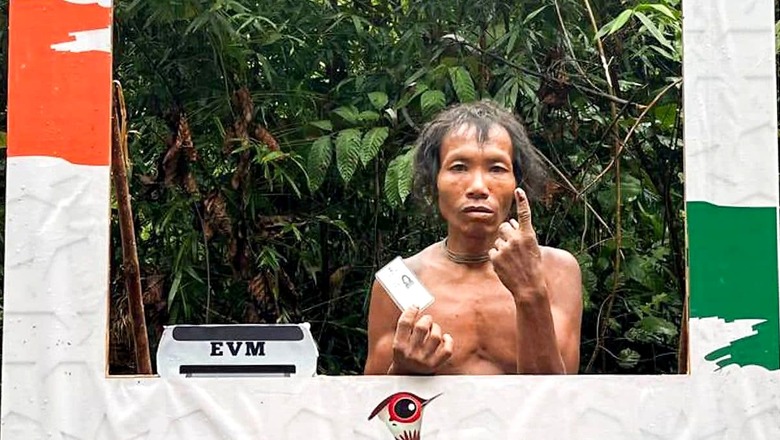
views
The Election Commission of India (ECI) faced twin challenges in its quest to ensure no voter was left behind — making sure that each and every eligible individual is enrolled in the electoral rolls and they have a polling station nearby.
For the 2024 Lok Sabha elections, the poll body managed to ease the journey for lakhs of people from the Particularly Vulnerable Tribal Groups (PVTG) living in inaccessible areas of the county by giving them space in the democratic process and making the electoral rolls the most inclusive to date. The next big step was to take the polling station close to voters.
Focus on Particularly Vulnerable Tribal Groups
As per official data, the country has 8.6 per cent tribal population, which includes 75 PVTGs. To include them in the voting process, the ECI not just made them voters but took a polling booth to the inaccessible areas for large-scale inclusion.
The success of these efforts can be assessed by the fact that the Shompen tribe of Great Nicobar voted for the first time in a General Election this time on April 19.
Speaking to News18, a poll body official said in the last two years since he joined as Chief Election Commissioner, Rajiv Kumar had been emphasising on greater participation of PVTGs in the electoral process.
“He had personally directed all CEOs and DEOs concerned to make sure that special campaigns and registration drives are organised to register PVTGs in the electoral rolls as the first step for their inclusion,” the official said, seeking anonymity.
Odisha is home to 13 PVTGs — the highest among states. Paudi Bhuiya, Juang, Saura, Lanjia Saura, Mankirdia, Birhore, Kutia Kondha, Bondo, Didayi, Lodha, Kharia, Chukutia Bhunjia, and Dongoria Khond have a collective population of 2.64 lakh, including 1.84 lakh eligible voters.
As of date, 100 per cent enrolment has been achieved in the state and the poll body is also conducting awareness drives for the groups in their language.
Odisha is yet to go for polls. At least 666 theme-based polling booths have been set up in the areas, removing logistical barriers and ensuring voting process within the reach of the groups.
Chhattisgarh is also home to five PVTGs with a combined population of 1.86 lakh. Abujhmadia, Baiga, Birhor, Kamaar, and Pahadi Korwa spread across 18 districts have 1.20 lakh people above the age of 18 years. The ECI has registered all these 1.20 lakh people in the electoral roll and 100 per cent Elector’s Photo Identity Card distribution was ensured.
In Tamil Nadu, which went for polling on April 19 in the first phase, there are six PVTGs — Kuttunayakan, Kota, Kurumba, Irular, Paniyan, and Toda. Of the total population of 2.26 lakh, at least 1.62 lakh are above the age of 18 years. A total of 1.61 lakh are registered electors.
“A comprehensive campaign spanning 23 districts has prioritised PVTG inclusion, with significant focus on regions like Coimbatore, Nilgiris, and Tirupathur. Enthusiastic voters reached the polling station through various modes like walking through dense forest, waterways and ensured their participation in the Lok Sabha elections,” the poll body said in a statement.
In Gujarat, which will go for polls on May 7 under the third phase, Kolgha, Kathodi, Kotwalia, Padhar, Siddi are PVTGs living in 15 districts of the state. With 86,755 people registered in the electoral rolls, the poll body ensured 100 per cent registration of eligible PVTGs in the state.
Jharkhand has nine PVTGs. The collective population of Asur, Birhor, Birjia, Korwa, Mal Paharia, Pahariya, Sauria Paharia, Baiga and Savar is 2.58 lakh and 1.69 lakh are registered as voters.
Karnataka’s western and southern regions are home to the PVTGs Jenu Kuruba and Koraga with a collective population of 55,815, including 39,498 above the age of 18 years. The poll body has ensured 100 per cent enrolment here too. As many as 40 polling stations are established in unique tribal themes in an effort to draw these voters to the polls on election day.
In Bihar, five PVTGs — Mal Pahariya, Sauria Paharia, Pahariya, Korwa, and Birhor — constitute a population of 7,631 across 10 districts, including 3,147 above the age of 18 years. In the state, the ECI has achieved 100 per cent enrolment of eligible PVTGs.
Naxal-hit areas
While enrolment was not a challenge in Naxal-hit Chhattisgarh or parts of Jharkhand, taking the polling station closer to voters was a major task.
This time, the ECI gave at least 102 villages in Naxal-hit Chhattisgarh and the Gadia and Pathel areas in Jharkhand their own polling stations for the first time.
Setting up a polling booth in Left Wing Extremism (LWE) affected areas in Chhattisgarh had been a challenge due to security issues. While the people from these areas were enrolled in the electoral roll, they had to travel miles to cast votes as the polling stations were far.
In the first phase, 56 villages in Bastar cast their vote in a polling booth set up in their own village for the first time in the Lok Sabha election, while in the second phase, 46 villages in Bastar and Kanker in Chhattisgarh cast their vote in a polling booth set up in their own village for the first time in a Lok Sabha election.
In total, in Chhattisgarh, 102 new polling stations were set up for the first time for the convenience of villagers.
Check Lok Sabha Election 2024 Phase 3 Schedule, Key Candidates And Constituencies At News18 Website.










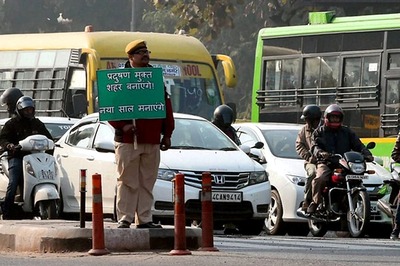

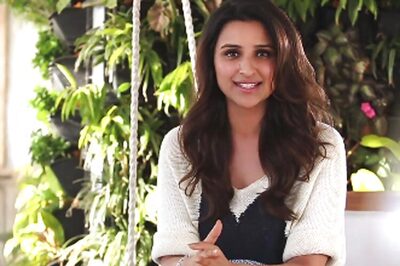
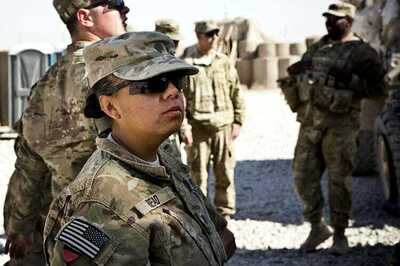

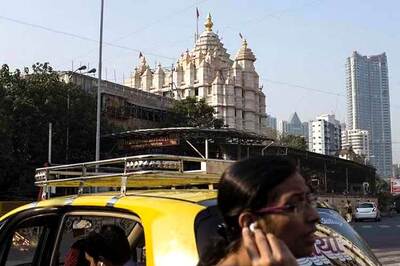

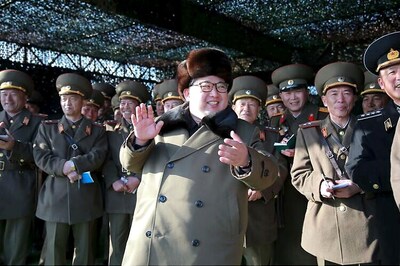


Comments
0 comment